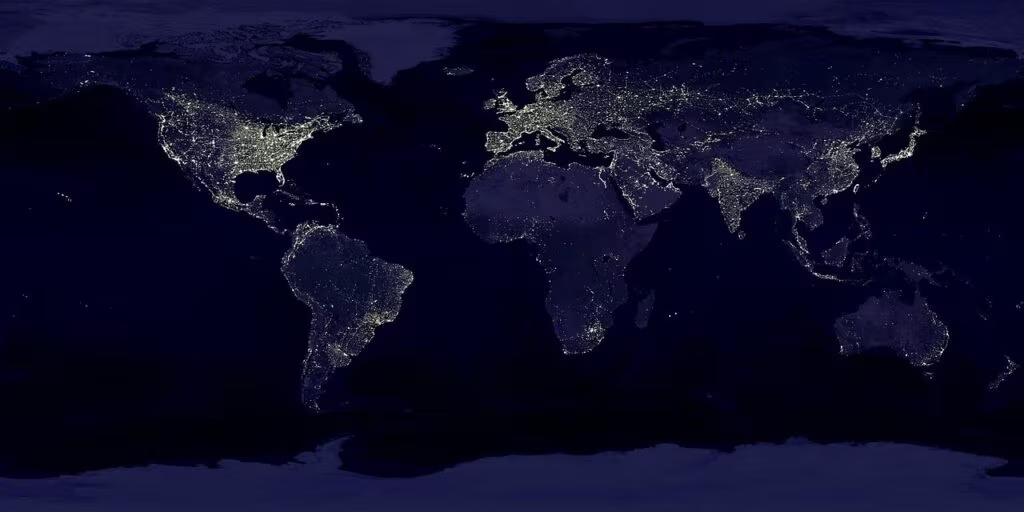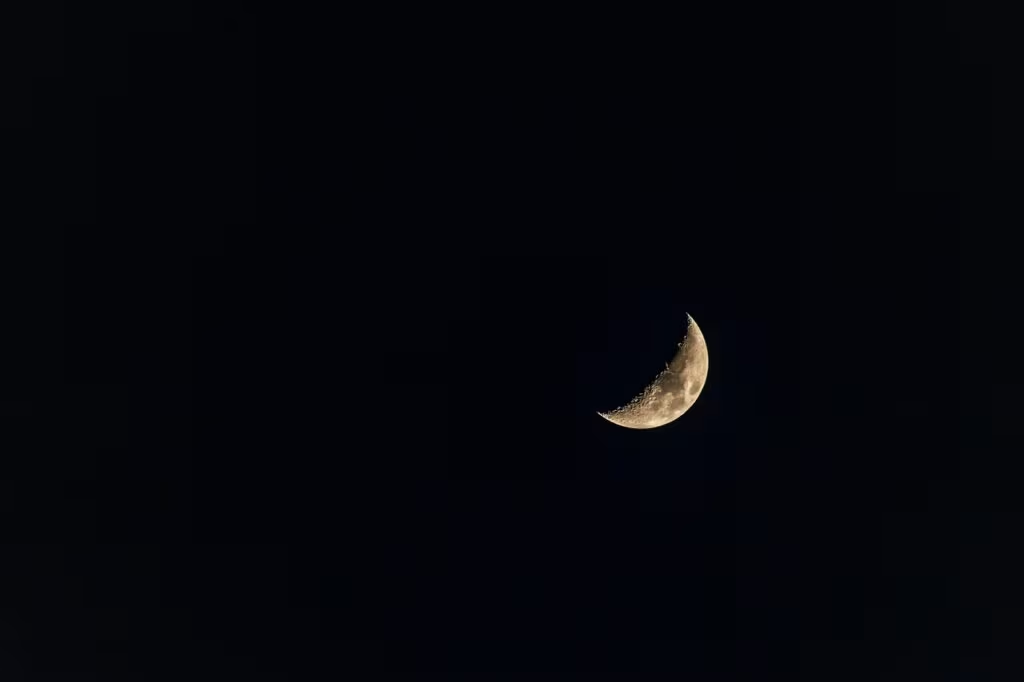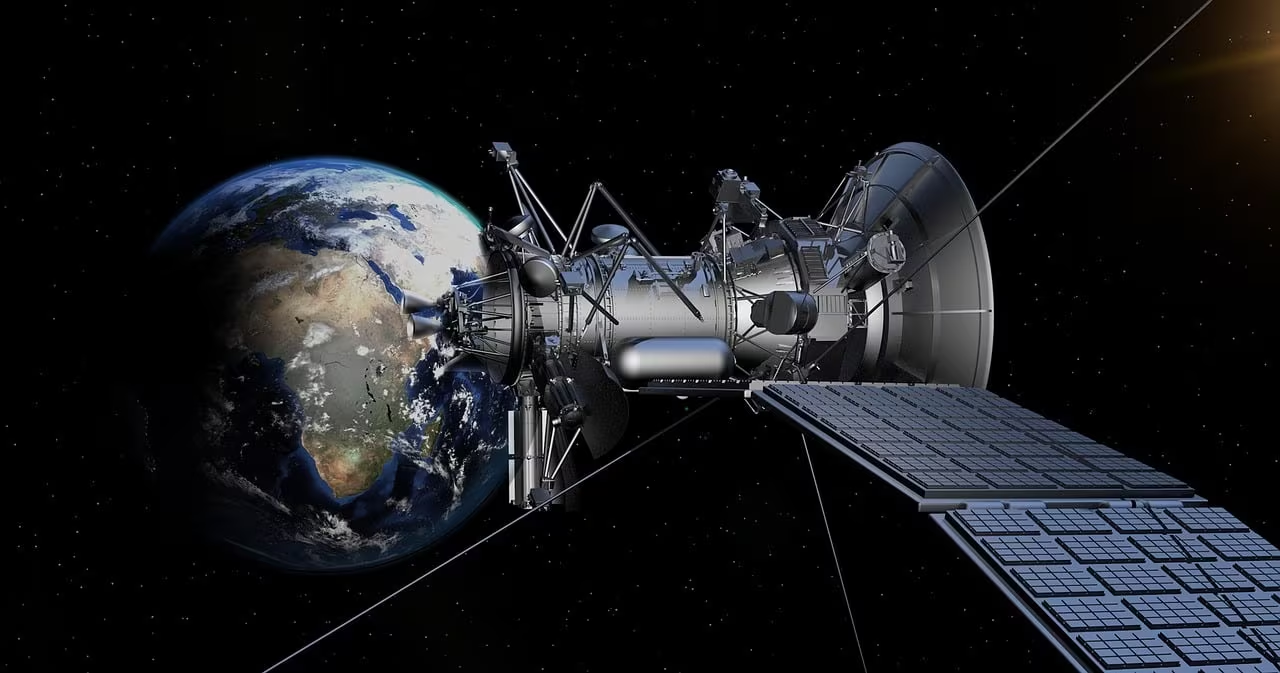The Controversial Proposal to Launch 4,000 Giant Reflective Satellites
A California-based startup, Reflect Orbital, has ignited a fierce debate within the scientific community with its ambitious and highly controversial plan: launching a constellation of 4,000 massive reflective satellites into Low Earth Orbit (LEO). The company’s stated goal is to provide targeted illumination services, effectively attempting to “sell sunlight” to commercial clients and governments around the globe.
However, the proposal has been met with immediate and stark condemnation from astronomers and space experts, who describe the project as potentially “catastrophic” and “horrifying” for ground-based scientific research and the future accessibility of the night sky.

The Reflect Orbital Vision: Selling Targeted Light
Reflect Orbital aims to deploy satellites that are enormous by current standards—each roughly the size of a tennis court. These structures would be highly reflective, designed to capture and redirect solar energy to specific, targeted areas on Earth for short periods.
The company envisions several potential applications for this unique service, positioning it as a solution for various global needs:
- Commercial Illumination: Providing temporary, high-intensity light for large outdoor events, construction projects, or advertising displays.
- Agricultural Enhancement: Extending daylight hours for crops in specific regions to boost yields.
- Disaster and Humanitarian Aid: Offering emergency lighting and power generation capabilities in areas affected by natural disasters where infrastructure has failed.
- Energy Generation: Potentially focusing solar energy onto ground-based receivers, although this application is highly speculative.
While the concept of targeted illumination sounds innovative, the sheer scale and reflective nature of the proposed constellation are what have triggered alarm bells among experts.
Catastrophic Concerns: The Astronomical Backlash
The primary concern raised by the astronomical community centers on severe light pollution. Unlike existing satellite constellations, which are generally smaller and less reflective, Reflect Orbital’s mirrors are specifically designed for maximum reflectivity and size. This combination means they would be exceptionally bright in the night sky.
Astronomers warn that these satellites would frequently be visible to the naked eye, appearing brighter than the planet Venus (which is typically the brightest object in the night sky after the Moon). This level of brightness would render vast swaths of the sky unusable for sensitive scientific instruments.
“This plan is not just disruptive; it is catastrophic for ground-based astronomy. We are talking about destroying the ability to conduct critical research into cosmology, dark matter, and the search for exoplanets,” stated one leading astronomer involved in the discussions.
Impact on Scientific Research
The introduction of thousands of ultra-bright, fast-moving objects would compromise virtually every type of optical and radio astronomy observation. Scientific observations rely on long exposure times to capture faint light from distant galaxies. When a satellite brighter than Venus streaks across the field of view, it ruins the data collected during that exposure.
Furthermore, the interference isn’t limited to visible light. The sheer volume of metallic objects in LEO can also interfere with radio astronomy, which seeks to detect faint radio waves from space.

Beyond Light: Space Debris and Regulatory Hurdles
While light pollution is the most immediate threat to astronomy, the Reflect Orbital proposal also introduces significant risks regarding the long-term sustainability of the space environment itself.
The Threat of Space Debris
Launching 4,000 tennis-court-sized objects into Low Earth Orbit—an already congested region—significantly increases the probability of collisions. This risk is compounded by the fact that the satellites are large and highly prone to fragmentation if struck.
Experts fear that a single catastrophic collision could trigger the Kessler Syndrome, a theoretical scenario where the density of objects in LEO becomes so high that collisions generate a cascade of debris, making certain orbits unusable for generations. The sheer size and number of the Reflect Orbital satellites make them a major contributor to this potential hazard.
Regulatory Oversight
The regulatory landscape for commercial space activities is complex, involving multiple U.S. federal agencies, each with different jurisdictions:
- Federal Communications Commission (FCC): Regulates the radio frequencies used for communication and control of the satellites.
- National Oceanic and Atmospheric Administration (NOAA): Oversees commercial remote sensing activities, which could apply if the mirrors are used for Earth observation or mapping.
- Federal Aviation Administration (FAA): Manages launch licensing and re-entry safety.
Currently, there is no single, unified regulatory framework specifically designed to assess the environmental impact of large-scale, highly reflective constellations on the night sky or the broader space environment. This regulatory gap is a major point of contention, as critics argue that the existing rules are insufficient to prevent the irreversible damage posed by projects like Reflect Orbital.
Key Takeaways
The proposal by Reflect Orbital represents a critical flashpoint between commercial space innovation and the preservation of the scientific and cultural heritage of the night sky. The core conflict can be summarized by these points:
- The Plan: Deploying 4,000 tennis-court-sized mirrors into LEO to provide targeted, commercial illumination (selling sunlight).
- The Scale: The sheer number and massive reflectivity of the satellites would make them brighter than Venus, visible globally.
- The Scientific Warning: Astronomers unanimously warn that the resulting light pollution would be “catastrophic,” effectively ending many forms of ground-based astronomy.
- The Environmental Risk: The project significantly exacerbates the risk of space debris and triggering the Kessler Syndrome in the already crowded LEO environment.
- The Regulatory Challenge: Current U.S. regulatory bodies (FCC, NOAA, FAA) lack a clear, comprehensive mandate to evaluate and veto projects based purely on their impact on the night sky or space sustainability.
Conclusion: The Future of the Night Sky
The debate surrounding Reflect Orbital highlights a growing tension: as LEO becomes increasingly commercialized, the need for robust international and national regulations concerning space environmentalism is paramount. While the company touts the potential humanitarian and commercial benefits, the scientific community maintains that the irreversible damage to astronomical research and the fundamental human right to an unpolluted night sky far outweighs any temporary commercial gain. The outcome of this regulatory battle will set a crucial precedent for how the global community manages the shared resource of Earth’s orbit and the view of the cosmos.
Original author: Harry Baker
Originally published: October 31, 2025
Editorial note: Our team reviewed and enhanced this coverage with AI-assisted tools and human editing to add helpful context while preserving verified facts and quotations from the original source.
We encourage you to consult the publisher above for the complete report and to reach out if you spot inaccuracies or compliance concerns.

